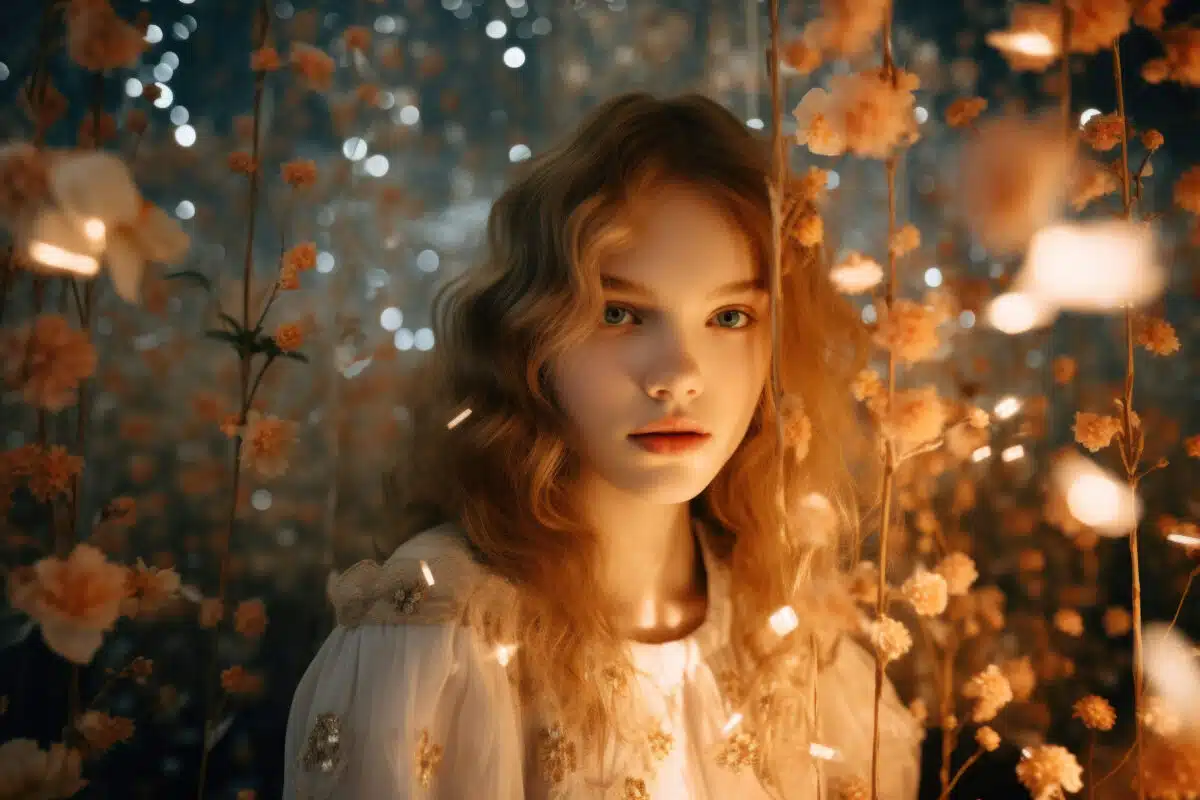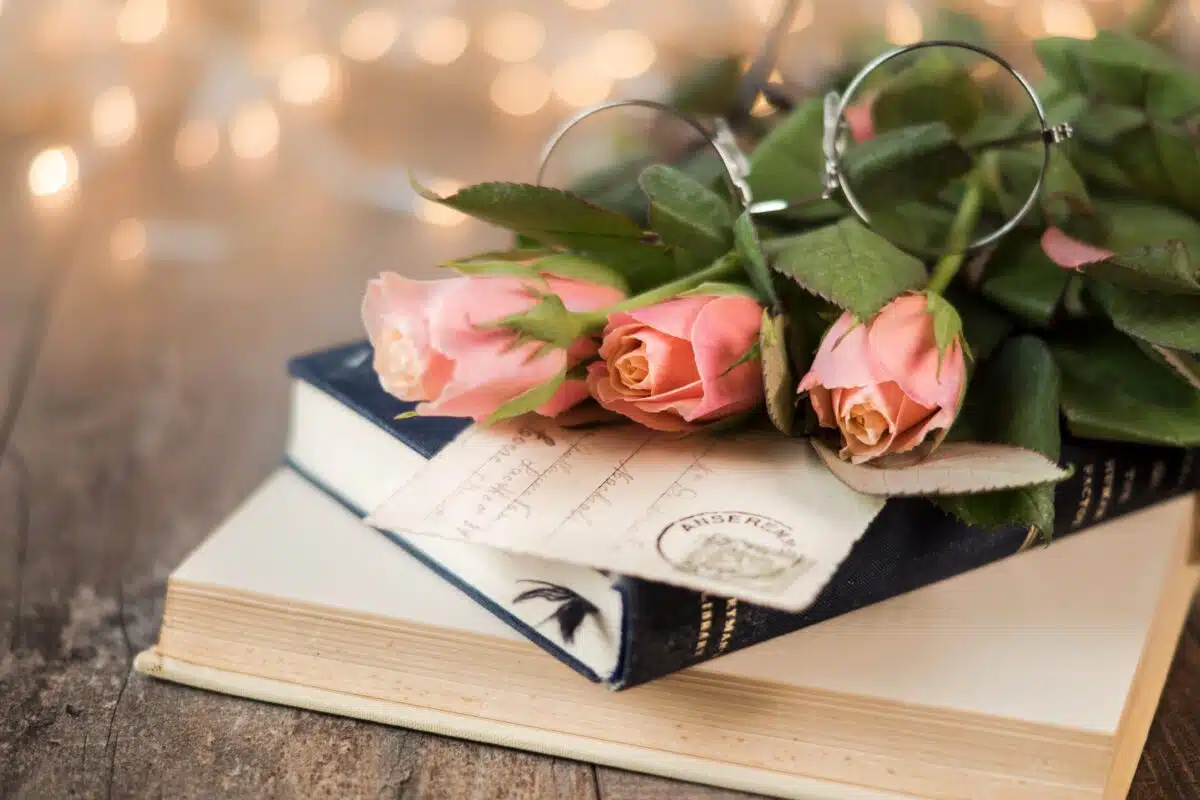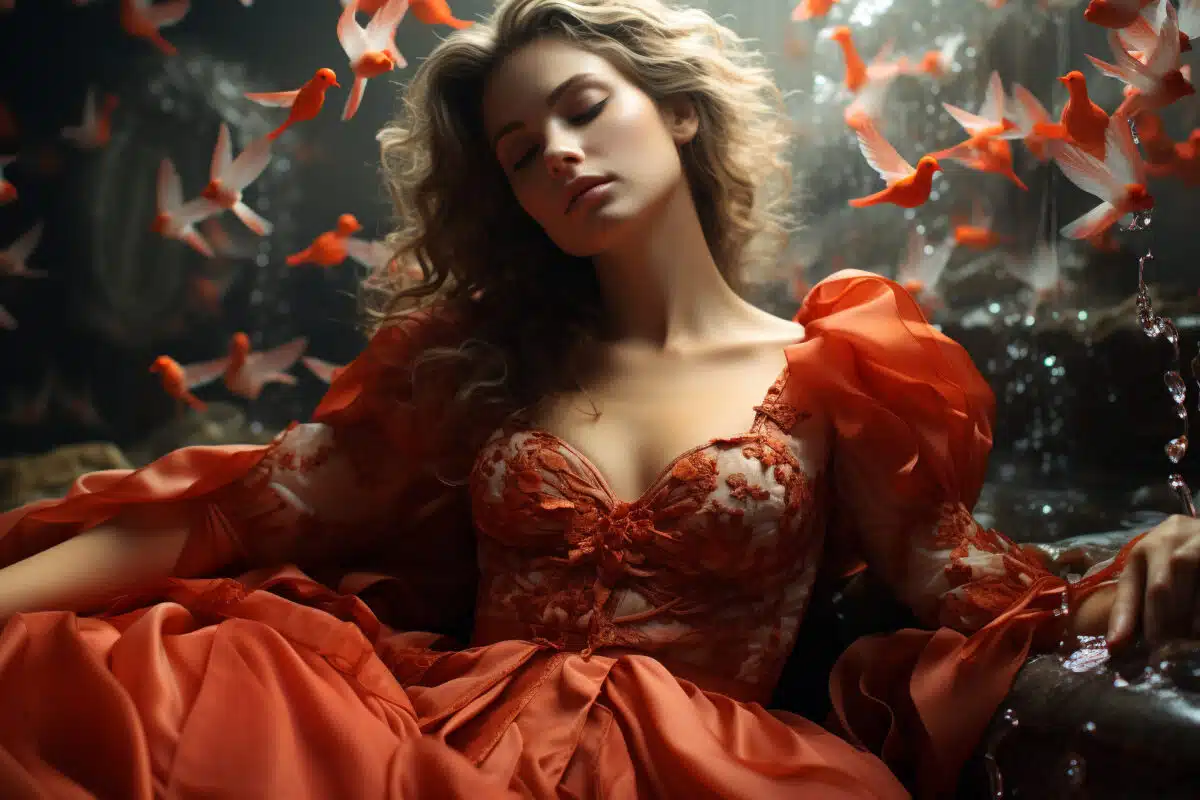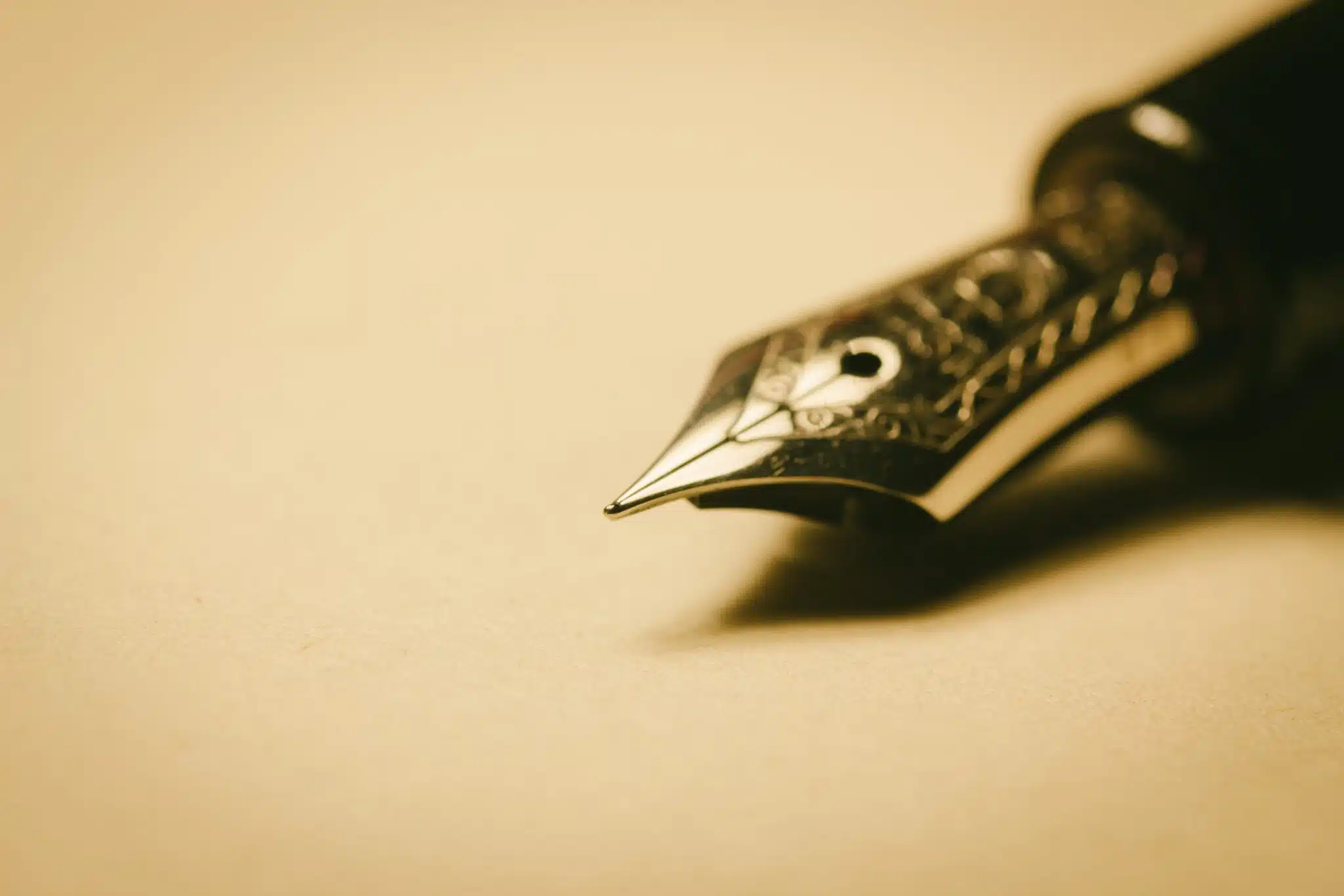Here’s what the Chastushka poetry form is:
The chastushka is a type of humorous short poem that was especially popular during the late 19th century and early 20th century in Russia.
Similar in nature to the limerick, they’re rhymed quatrains containing humorous and often vulgar or lewd subject matter.
Political chastushki have been surprisingly common.
So if you want to learn all about the Chastushka poetry type, then you’ve come to the right place.
Let’s jump right in!

Forms of Poetry: Chastushka

Coming to us from Russia with perhaps the most charming name ever, chastushka is a traditional quatrain form used mostly to deliver short bits of humor or satire.
The tone can be cynical, witty, or even purposely offensive.
English readers may have an urge to compare it to limericks in terms of tone and subject matter.
They are and were often recited in multiples, with one longer work made of multiple chastushki, so it could potentially be thought of as a form for the verse rather than the whole poem, though poems consisting of a single chastushka are completely valid and common themselves.
They were especially prevalent in the early 20th century, being an important part of pop culture for the peasant class following the Boshevik Revolution of 1917.
The name of the form is likely meant to come from the Russian word “chasto” (roughly “high frequency”) which would mean they were perhaps named after the frequency of beats in the poems.
The first written usage of the term we have on record comes from Gleb Uspensky (1889) in a collection of Russian folk songs and poems.
Basic Properties of Chastushki

| Rhyme Structure | ABAB quatrains |
| Meter | Trochaic tetrameter |
| Origin | Russia |
| Popularity | Mainly popular in Russia; especially in the early 20th century |
| Theme | Dominantly used for humor and satire |
How Is a Chastushka Structured?

Chastushki (even the plural is fun to say!) have very simple rhyme schemes that bring to mind nursery rhymes or the like, usually opting for something like an ABAB or AABB rhyme scheme.
Sometimes ABCB, for a version with less rhymes.
They’re usually in trochaic tetrameter.
This means they feature eight-syllable lines in which the first, third, fifth, and seventh syllables are stressed.
The remaining syllables are unstressed.
Trochees, the metric foot referenced by “trochaic,” are known for being punchy and impactful, so they suit the style well.
The vast majority of surviving chastushki are lewd, vulgar, or offensive in some way.
Before anyone makes the mistake of reducing Russian culture down to one art form, keep in mind that we have entire books of adult joke books in our own bookstores.
The tradition of writing dirty jokes is in no way exclusive to Russia.
It’s just that they also have a poem form for it.
It’s worth noting that these poems were often strung together and recited to musical accompaniment as a song.
This tradition was different from region to region, as was the subject matter of the poems/songs.

Notably, chastushki (perhaps by virtue of being vehicles for comedy) had a tendency to have political content, especially given the hostile political environment of 20th century Russia.
While they could just be fun little quips and lewd jokes, they were prone to being about or against political figures and/or perspectives, often satirical in nature.
How innocent or bitter they were also varied by region, with the areas in which the peasant class were hit hardest by the economic impact of the Civil War having especially hostile chastushki.
While humorous chastushki were certainly the norm, dark or otherwise, there have also been love songs and the like written entirely in chastushki.
At the end of the day, the form is actually similar to an informal ballad in terms of its delivery, so it should come as no surprise that you can actually fit just about any content into a series of chastushki comfortably.
Nonetheless, it would be most associated with limerick and doggerel to English speakers.
Doggerel, for those first seeing it, is a term loosely gathering various informal short-poem forms together under a single umbrella.
Usually used for children’s poems and humor, some do see doggerel as a derogative term and, indeed, the name itself may have purposely been contrived to be an offensive word. (Essentially “verse for/by dogs.”)
Example of Chastushka

Even gleeful mockingbirds in
trees and boughs laugh harshly at him,
leashed, collared, by lady Mary,
oh, how proper, bold, and scary!
Look, I’d love to write you a metered rhyming poetic joke about undersized genitals, but children might be reading, so we went with something slightly more tame.
As you can see from the example, chastushki are incredibly simple.
The rhyme scheme, in particular, is even easier than it looks since you’re not obligated to stick to one specific scheme, unless you’ll be chaining them together in a song, of course.
The hardest part is honestly ending the lines with an unstressed syllable.
In English poetry, the most common feet, such as iambs and anapests, have been purposely singled out because of how natural it feels to end on a stressed syllable.
Unstressed syllables often lack a sense of finality in English, so while the beginning of every line feels punchy in trochaic, the end of every line just kind of…whimpers?
As a result, an English adaptation of the form might consider replacing the last trochee with an iamb, but that’s only my own opinion as someone who’s written thousands of poems in dozens or hundreds of forms over the course of a few decades.
Tips for Writing Chastushki

Your own chastushki shouldn’t be restricted to family-friendly themes and wordings.
I’d like to clarify that immediately.
As this is a professionally written article, we can’t go in depth on our political leanings and sexual preferences in a chastushka, but you can and probably should. (Yes, seriously.
It’s more sincere to the traditions of the form.)
If you’re not comfortable with that style of writing, then you probably shouldn’t be writing chastushki to be honest.
They require a sense of humor to even qualify as chastushki.
If it’s humor of an especially dark, satirical, or even taboo nature, bonus points.
Purposely designing your chastushka to be offensive just means you understood the assignment.
The hard part will be writing in trochaic meter, unless you’re used to it, of course.
Keep an eye out for multisyllabic words that end in unstressed suffixes.
This allows the last syllable to trail off harmlessly, while the word itself still feels appropriate to end a line on.
In the example, I used “Mary” and “scary.”
Both have an unstressed “-y” that the reader naturally glosses over.
If you write your lines this way, then the last syllable sort of becomes invisible to the reader.
It’s functionally like a five-syllable line with a suffix tacked on.
The real problems you’ll run into are when you try to end on single-syllable unstressed words.
You can get away with that on the first few lines (note how line 1 of the example ends in “in”) but it will get harder and harder to justify ending on words like that as the poem goes on.
Ideally the poem will have sharp imagery and be extremely clear in its delivery.
Chastushki were written by and for low class readers, so if your chastushka requires an in depth knowledge of astrophysics to understand, it probably missed the point of the form somewhere.
Then again, maybe there’s a really good dirty joke that only astrophysicists tell to each other in hushed whispers where the rest of us can’t hear them.
At the end of the day, what matters it that your readers (or listeners, as it could also be a song) walk away with a smile.
Eliciting a small nasty chuckle is the whole point and the poem doesn’t need to do anything more ambitious than that, nor should it.
Think of chastushki as the Russian limerick and just enjoy them.
Poet’s Note

Is it blasphemous to point out that the ABAB rhyme scheme is used basically everywhere?
No one really talks about this, but that rhyme scheme pops up in poems for every age group, every demographic, and multiple regions of Europe.
Even several formal poems use versions of ABAB that have been complicated for their own purposes.
This simple little quatrain rhyme scheme has an unbelievably dense history, but maybe that’s why no one wants to unpack it.
Comprehensive Collection of Poetry Forms: Craft Words Into Art

Dare to traverse the entire spectrum of poetic forms, from the commonplace to the extraordinary?
Venture from the quintessential Sonnet to the elusive Mistress Bradstreet stanza, right through to the daunting complexity of Cro Cumaisc Etir Casbairdni Ocus Lethrannaigecht.
For those with a zeal to encounter the full breadth of poetry’s forms, this invitation is yours.
Start exploring the vast universe of poetic ingenuity with our comprehensive array of poetry forms right now!
